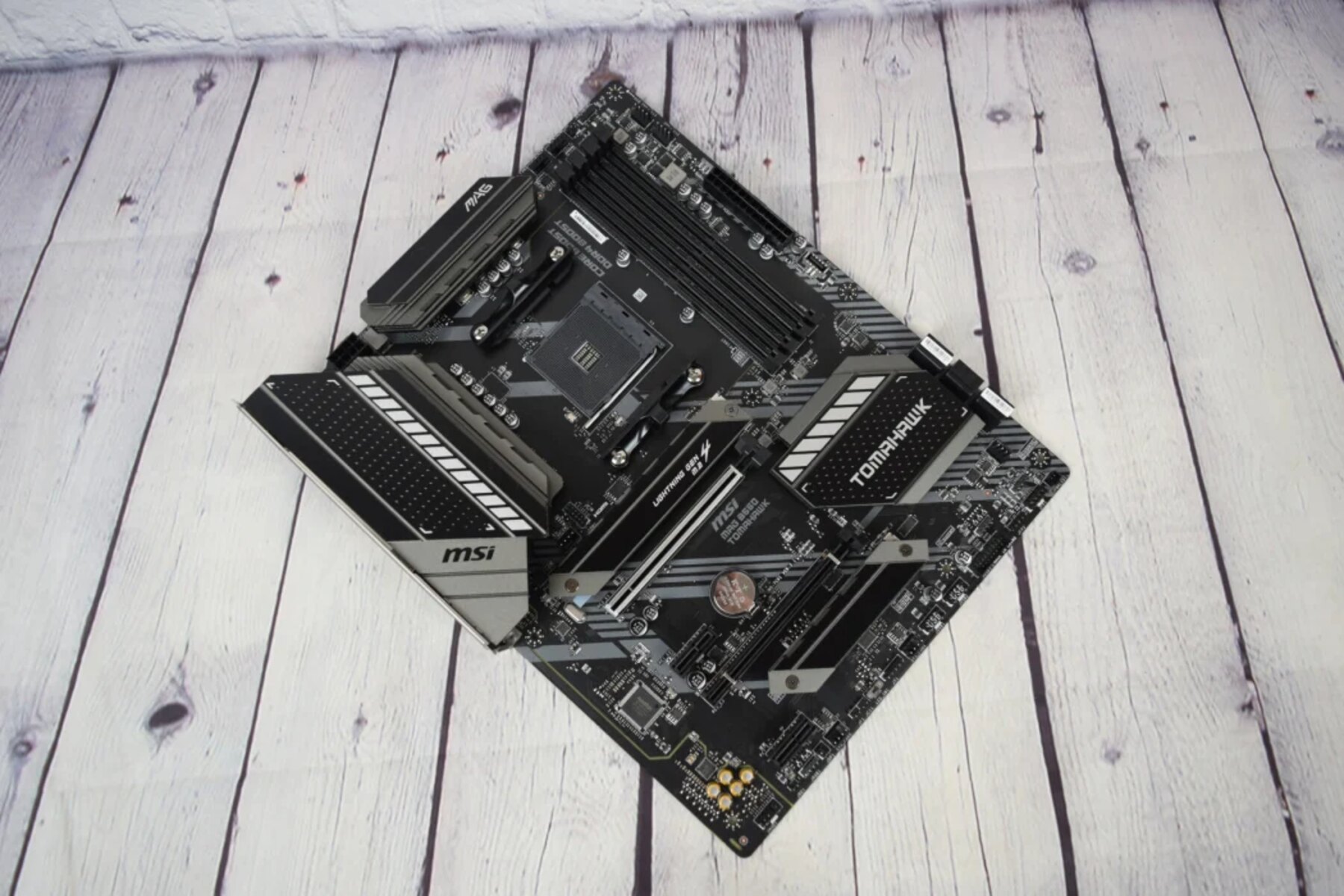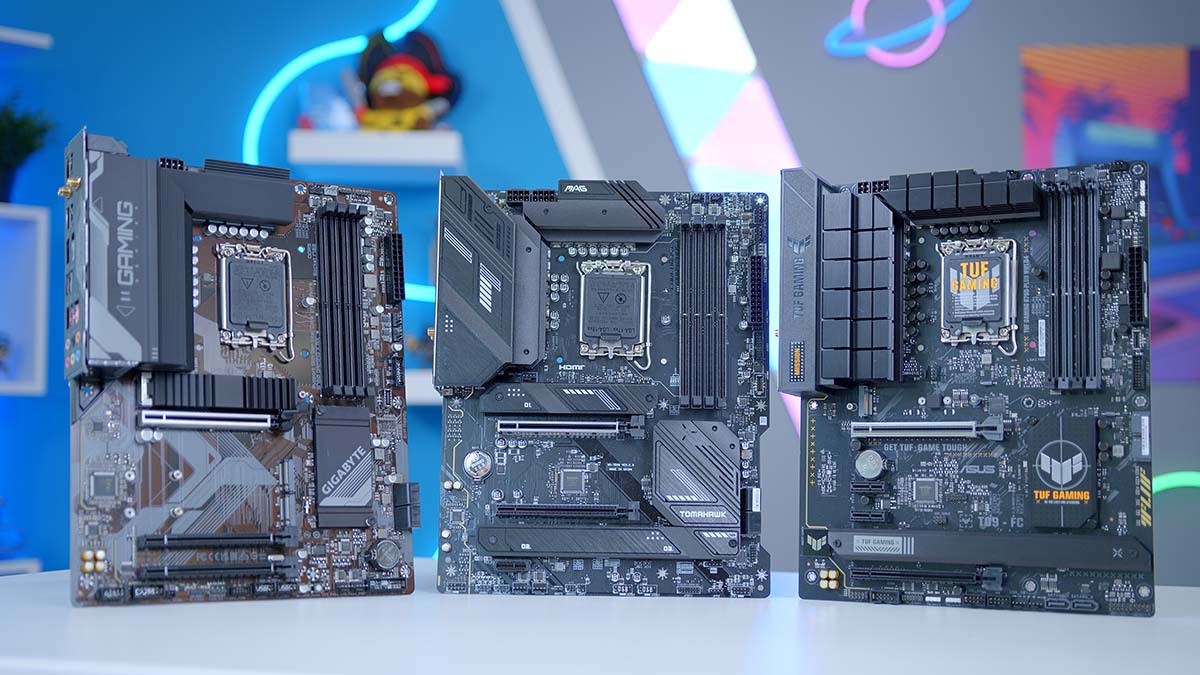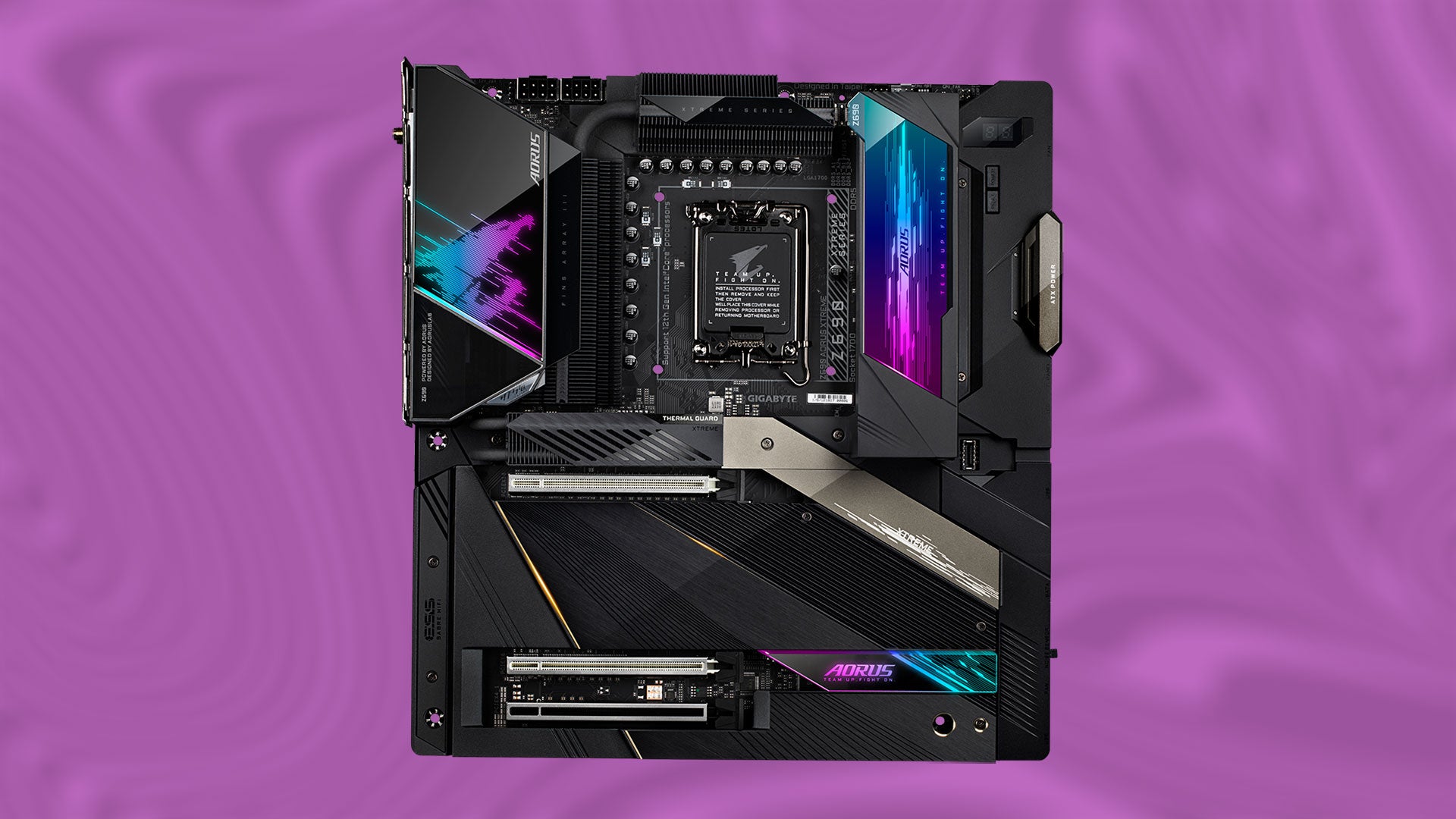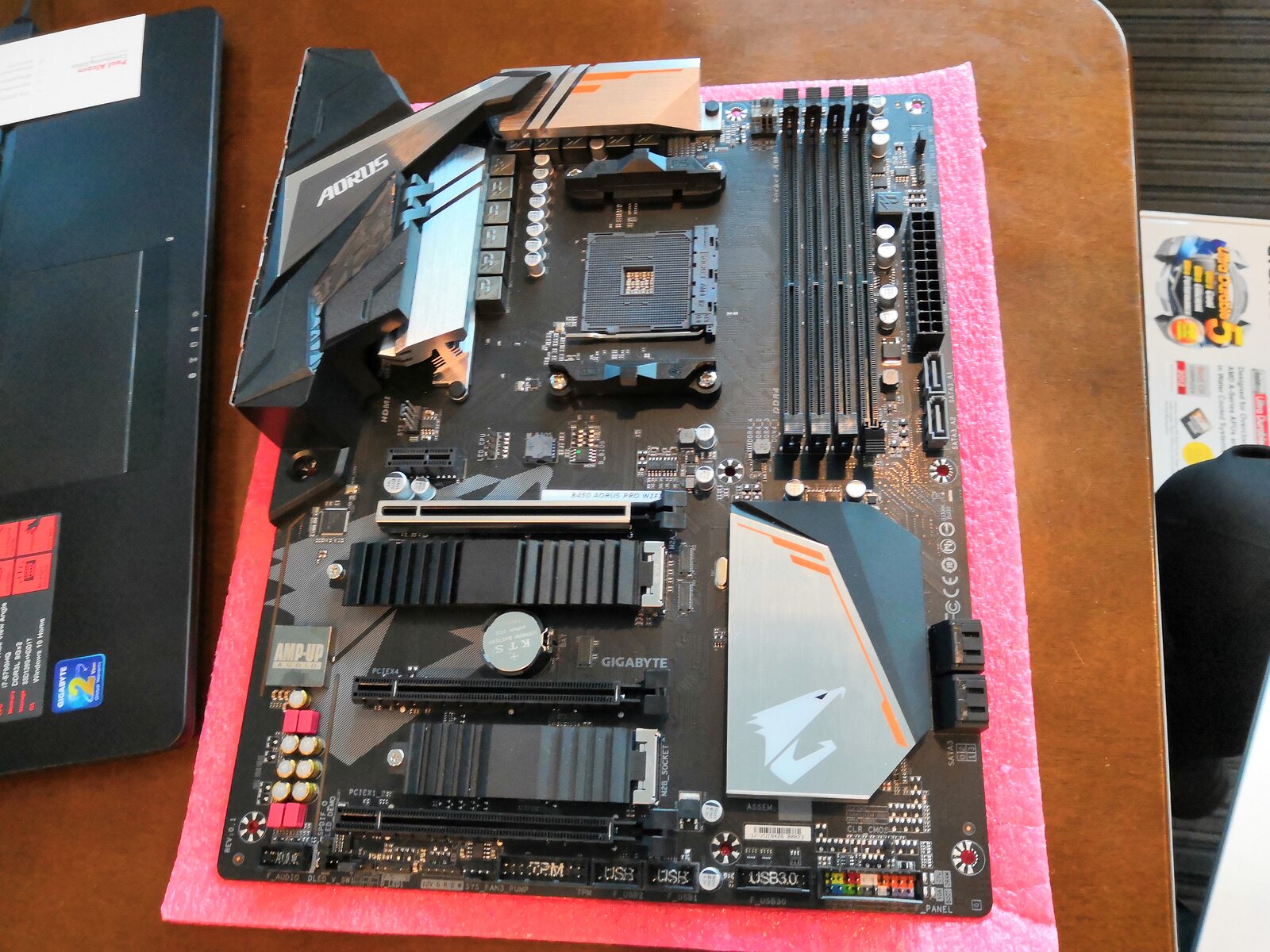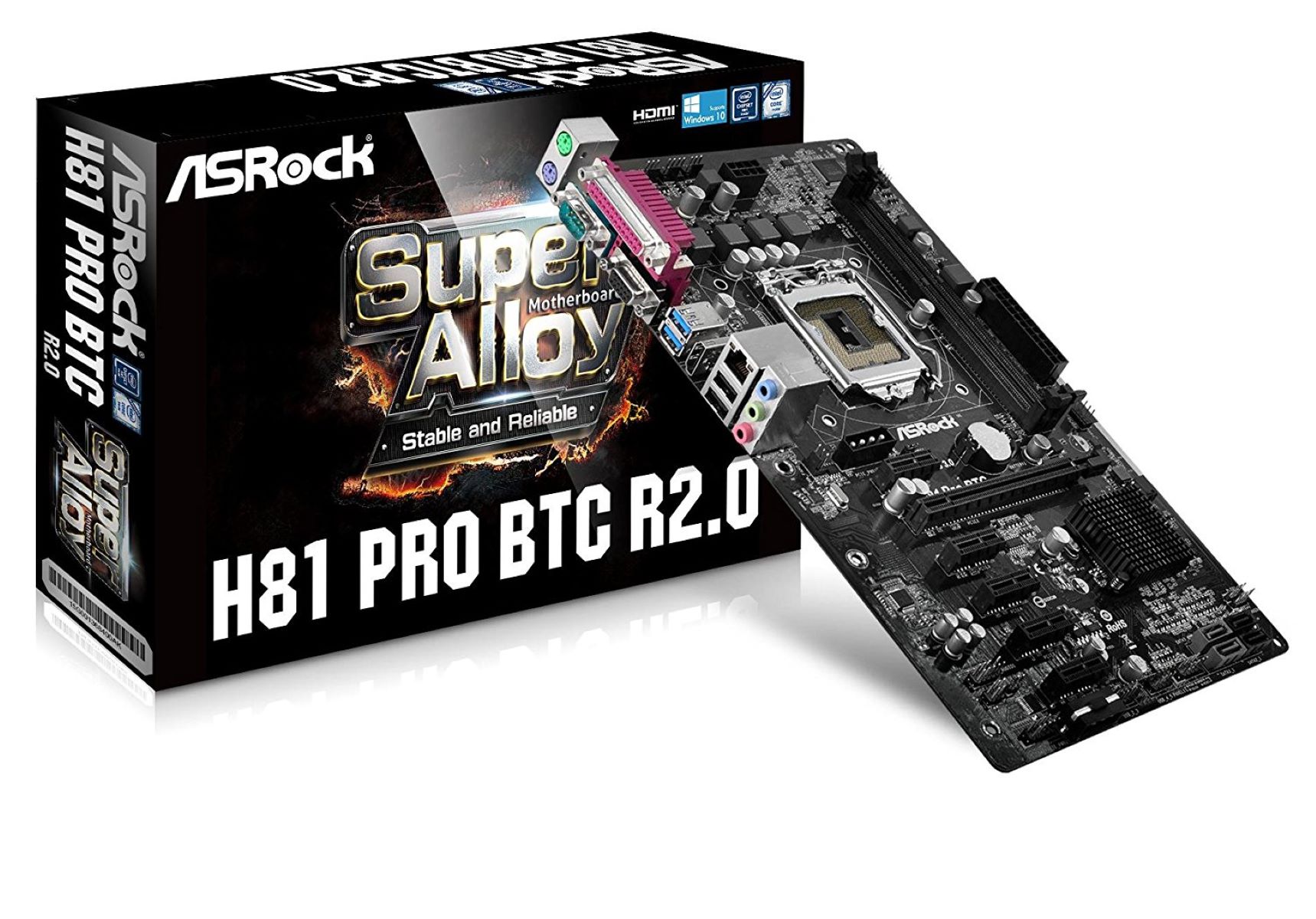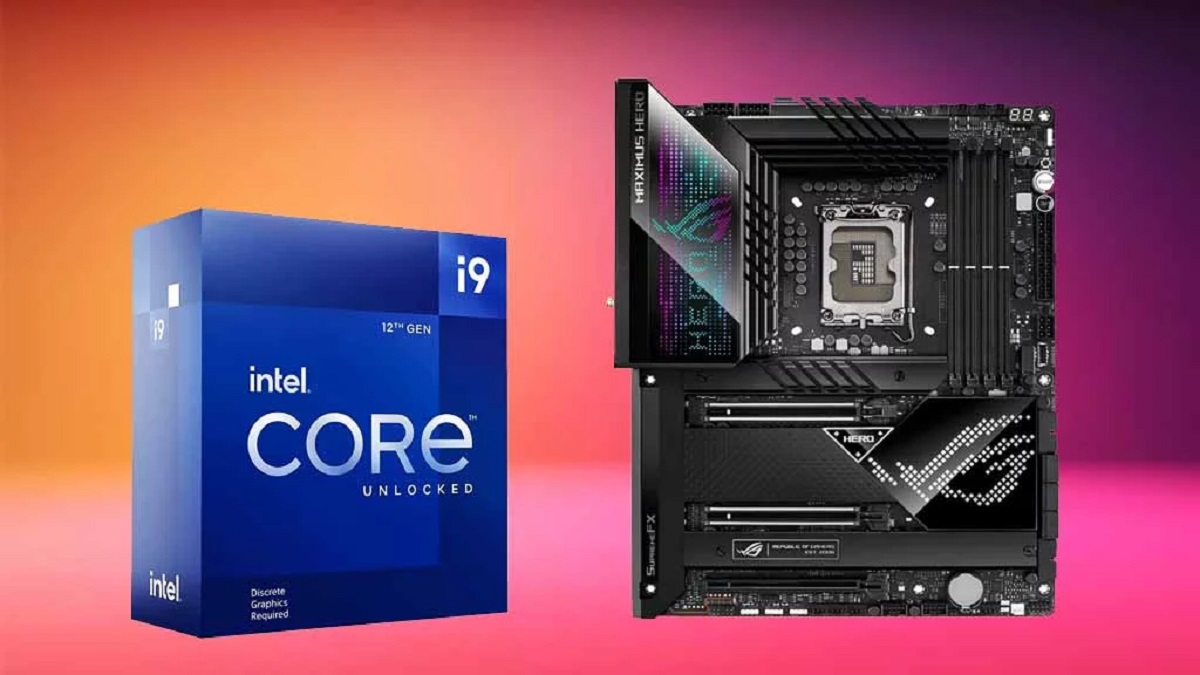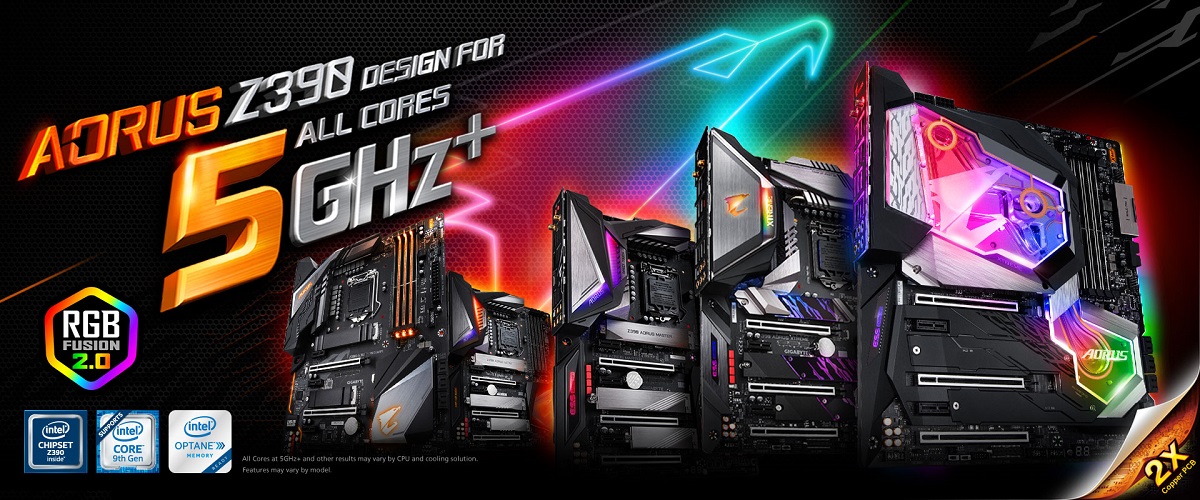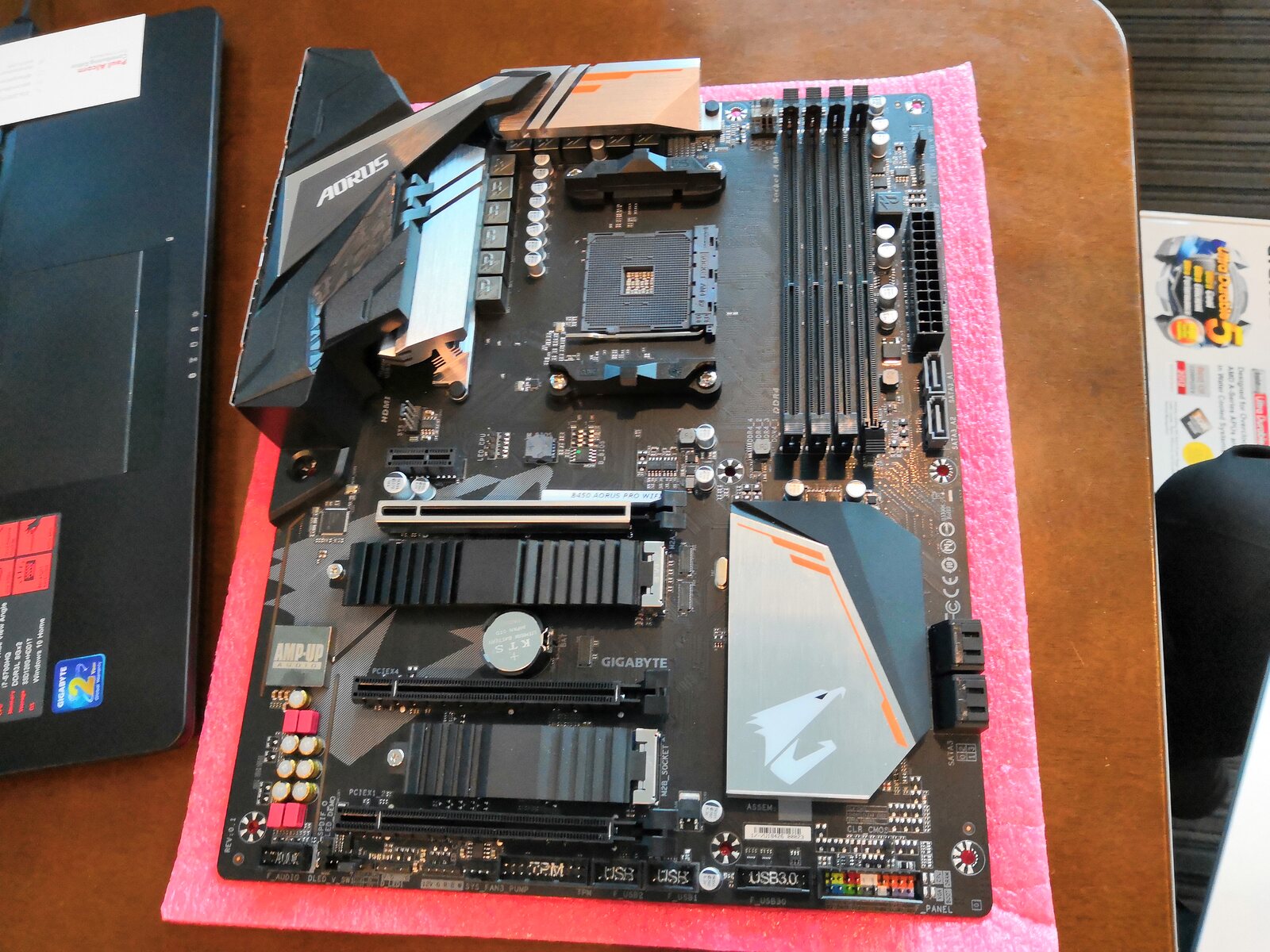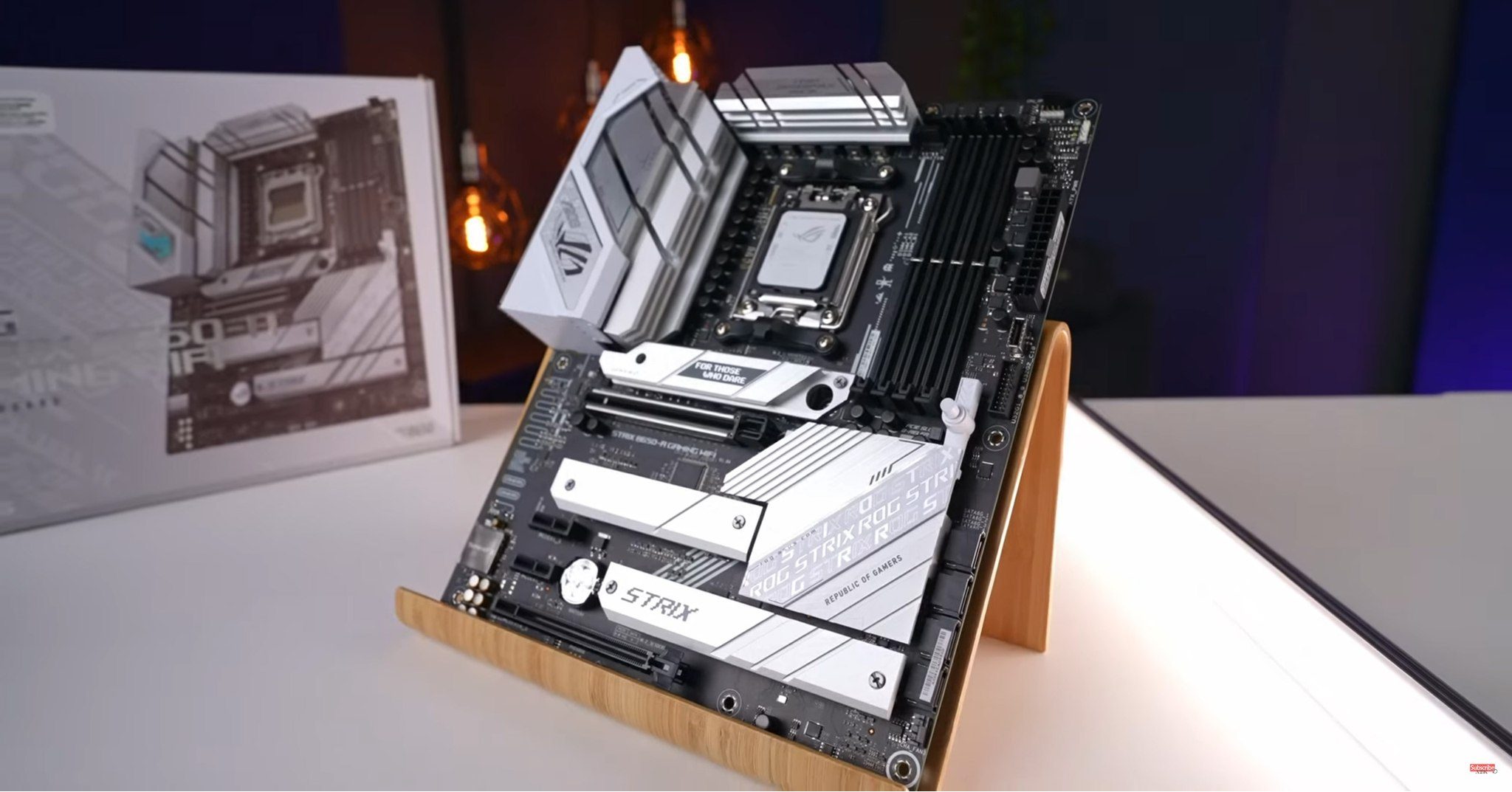Introduction
Are you looking to improve the performance of your computer by speeding up the RAM? One effective way to do that is to change the RAM speed in BIOS. The Basic Input/Output System (BIOS) is a crucial part of your computer’s hardware that allows you to configure various settings, including the speed of your RAM.
Changing the RAM speed can have a significant impact on your system’s overall performance, especially when running memory-intensive tasks like gaming or video editing. By adjusting the RAM speed, you can potentially enjoy faster data transfer rates and reduced latency, resulting in a smoother computing experience.
In this guide, we will walk you through the steps to change the RAM speed in BIOS on an MSI B550 motherboard. However, please note that BIOS settings can vary between different models and manufacturers, so the exact steps may differ slightly for your specific setup.
Before we dive into the process, it’s essential to mention that altering the RAM speed in BIOS requires some technical knowledge and carries a certain level of risk. Incorrect settings or incompatible hardware could potentially cause system instability or even damage your components. Therefore, it’s crucial to proceed with caution and ensure you have a good understanding of the process.
In the following sections, we will provide a detailed guide on how to change the RAM speed in BIOS for an MSI B550 motherboard. We will cover the necessary steps to access the BIOS, navigate the menu, locate the RAM settings, adjust the speed, and save your changes. So, let’s get started!
Before You Begin
Before diving into the process of changing the RAM speed in BIOS, there are a few things you need to keep in mind and prepare. Taking these precautions will help ensure a smooth and successful experience:
- Make sure you have a compatible motherboard: Not all motherboards support manual adjustment of RAM speed in BIOS. It’s essential to check your motherboard’s documentation or visit the manufacturer’s website to confirm that your specific model allows for this customization.
- Backup important data: Anytime you make changes to your system’s settings, there’s a small risk involved. It’s always a good practice to back up your important files before attempting any modifications, just in case anything goes wrong.
- Research your RAM modules: Understanding the specifications and capabilities of your RAM modules is crucial. Different RAM modules have different speed ratings, and not all modules may be capable of running at higher speeds. Review the manufacturer’s specifications or any documentation that came with your RAM to determine the maximum supported speed.
- Update your motherboard’s BIOS (if necessary): Before tweaking any settings, it’s a good idea to ensure that your motherboard’s BIOS firmware is up to date. Visit the manufacturer’s website and look for any available BIOS updates, as these often provide bug fixes, improvements, and compatibility enhancements.
- Refer to the motherboard manual: The motherboard manual is a valuable resource. It provides detailed instructions and explanations specific to your motherboard model. Familiarize yourself with the manual to understand the layout of the BIOS settings and any specific terminology used.
By following these steps and familiarizing yourself with your system’s specifications, you can proceed confidently and reduce the risk of encountering compatibility issues or making incorrect adjustments in the BIOS settings. With everything in place, you’re now ready to move on to the next steps: accessing the BIOS and navigating the menu.
Step 1: Accessing the BIOS
Before we can change the RAM speed, we need to access the BIOS settings. Here’s how you can do it:
- Reboot your computer: Start by completely shutting down your computer if it is currently powered on. Once it’s off, press the power button to turn it back on.
- Enter the BIOS: As the computer starts up, you will need to press a specific key or combination of keys to access the BIOS. The key varies depending on the motherboard manufacturer. For an MSI B550 motherboard, you typically need to press the “Delete” key on your keyboard, but it can also be “F2” or “F10”. Refer to your motherboard’s manual or watch for any on-screen prompts during bootup to determine the correct key.
- Timing is important: The key must be pressed at the right time, usually before the operating system starts loading. If you see the Windows logo or any other operating system loading screen, it means you missed the opportunity to enter the BIOS. In that case, you’ll need to reboot your computer and try again.
- Once inside the BIOS: When you successfully enter the BIOS, you will land on a screen displaying various options and settings. Be cautious when making changes here, as altering the wrong settings can have negative consequences for your system’s stability.
Accessing the BIOS is an important first step in adjusting the RAM speed. Take your time to ensure you correctly enter the BIOS and familiarize yourself with the layout and options. With this out of the way, we can now move on to the next step: navigating the BIOS menu.
Step 2: Navigating the BIOS Menu
Once you have accessed the BIOS, you will find yourself in a menu system that allows you to tweak various settings. Navigating this menu is essential to locate and modify the RAM speed settings. Here’s how you can do it:
- Use the arrow keys: The arrow keys on your keyboard are typically used for navigation within the BIOS menu. Press the right or left arrow key to move between different categories or options.
- Familiarize yourself with the menu structure: Each BIOS interface may have a slightly different menu structure, but they generally follow a hierarchical arrangement. Take some time to explore the different sections and sub-sections to get an idea of where the RAM speed settings might be located.
- Read the on-screen instructions: Many BIOS menus provide helpful instructions or hints at the bottom of the screen. These instructions can guide you on how to navigate the menu or provide additional information about specific settings.
- Pay attention to function keys: Along with the arrow keys, certain function keys (e.g., F1, F5, F10) may have specific functions within the BIOS menu. These function keys can be used to access additional options or quickly save and exit the BIOS.
- Take notes if needed: If you’re uncertain about any particular menu option or setting, consider taking notes or photographs to ensure you can revert back to the original settings if necessary.
Successfully navigating the BIOS menu is crucial for locating the RAM speed settings. Take your time to familiarize yourself with the layout and structure of the menu. Once you’re comfortable with the navigation, we can move on to the next step: locating the RAM settings.
Step 3: Locating RAM Settings
After accessing the BIOS and navigating the menu, the next step is to locate the RAM settings. Here’s what you need to do:
- Look for the “Advanced” or “Overclocking” tab: Depending on your motherboard’s BIOS interface, you may find the RAM settings under the “Advanced” or “Overclocking” tab. This tab is typically where you can customize various advanced settings related to your system.
- Explore sub-menus: Within the “Advanced” or “Overclocking” tab, there may be sub-menus that offer even more specific options. Look for labels like “DRAM Configuration,” “Memory Settings,” or something similar.
- Find the RAM speed settings: Once you’ve located the relevant sub-menu, you should find options related to the RAM frequency or speed. These options might be labeled as “DRAM Frequency,” “Memory Clock,” or similar terms. Depending on your motherboard and BIOS version, these options could be expressed in megahertz (MHz), or as a ratio such as “1:1” or “2:1.”
- Take note of current settings: Before making any changes to the RAM speed, it’s a good idea to note down the current settings. This will enable you to revert back to the original configurations if needed.
Helpful tip: If you have trouble locating the RAM settings, consult your motherboard’s manual or the manufacturer’s website for specific guidance. Some motherboard manufacturers also provide user-friendly BIOS interfaces with dedicated sections for adjusting the RAM speed, making it easier to find the settings.
Once you’ve successfully located the RAM settings, you’re one step closer to changing the RAM speed. In the next step, we will cover the process of adjusting the RAM speed to optimize your system’s performance.
Step 4: Adjusting RAM Speed
Now that you have found the RAM speed settings in the BIOS, it’s time to adjust them to optimize your system’s performance. Here’s how you can do it:
- Select the RAM speed option: Use the arrow keys to highlight the RAM speed option within the BIOS menu. Depending on your motherboard and BIOS version, you may have the freedom to choose from a list of predefined speeds or manually enter a specific value.
- Choose the desired RAM speed: If your BIOS provides a list of predefined speeds, select the one that matches your desired speed. Alternatively, if you have the option to manually enter a value, use the keyboard to input the desired frequency or ratio.
- Consider stability and compatibility: When adjusting the RAM speed, it’s important to strike a balance between performance and stability. Setting the RAM speed too high could potentially cause system instability or crashes. If you encounter such issues, consider lowering the speed or reverting back to the original setting.
- Save changes: After adjusting the RAM speed, navigate to the option that allows you to save the changes made in the BIOS. This option is usually labeled as “Save and Exit” or similar. Press the corresponding key or follow the on-screen instructions to save your modifications.
Remember that every computer’s hardware configuration is different, and not all systems can tolerate high RAM speeds. It’s essential to test the stability of your system after modifying the RAM speed. Run stress tests or use benchmarking software to ensure that your computer is running smoothly and doesn’t encounter any issues or crashes.
Additionally, monitor your system’s temperatures and voltage levels to ensure they remain within safe limits. Overclocking or setting the RAM speed too high can generate more heat and consume more power, potentially causing long-term damage if not properly managed.
With the RAM speed adjusted to your desired level and the changes saved, you’re now ready to move on to the final step: saving and exiting the BIOS.
Step 5: Saving and Exiting BIOS
Now that you have successfully adjusted the RAM speed in the BIOS, it’s important to save your changes and exit the BIOS correctly. Here’s what you need to do:
- Verify your changes: Before exiting the BIOS, take a moment to verify that the RAM speed settings have been adjusted as desired. Double-check the value you entered or ensure that the selected predefined speed is displayed correctly.
- Save changes: Look for the option to save the changes made in the BIOS. This option is typically labeled as “Save and Exit” or similar. Select it using the arrow keys, and press the corresponding key or follow the on-screen instructions to save your modifications.
- Confirm saving changes: Some BIOS interfaces may ask for confirmation before saving the changes. If prompted, make sure to select “Yes” or “OK” to confirm that you want to save the modifications made to the RAM speed settings.
- Exit the BIOS: After saving the changes, navigate to the option to exit the BIOS. This option is often labeled as “Exit” or similar. Select it using the arrow keys, and press the corresponding key or follow the on-screen instructions to exit the BIOS and restart your computer.
- Monitor system stability: Once your computer restarts, pay attention to the system’s stability. Monitor for any irregular behavior, crashes, or performance issues. If you encounter any problems, you may need to revisit the BIOS and adjust the RAM speed settings accordingly.
It’s important to note that changing the RAM speed, although it can potentially improve performance, carries a certain level of risk. If you experience any instability or issues after modifying the RAM speed, consider reverting back to the original settings or adjusting to a lower speed that your system can handle more comfortably.
Lastly, keep in mind that the BIOS settings can be overwhelming and confusing for beginners. If you’re uncertain about any steps or settings, always refer to the motherboard’s manual or seek guidance from a qualified technician to avoid any unintended consequences.
With the RAM speed adjusted and the changes saved and applied, you have successfully completed the process of changing the RAM speed in BIOS on your MSI B550 motherboard. Enjoy the potential performance boost provided by the optimized RAM speed!
Conclusion
Changing the RAM speed in BIOS can be a powerful way to optimize your computer’s performance, particularly when running memory-intensive tasks. By following the step-by-step guide outlined in this article, you have learned how to access the BIOS, navigate the menu, locate the RAM settings, adjust the speed, and save your changes.
However, it’s important to exercise caution when modifying BIOS settings, as incorrect adjustments can lead to system instability or even damage to your hardware. Make sure to research your motherboard’s compatibility, backup your data, and familiarize yourself with your RAM modules’ specifications before proceeding.
Remember, the optimal RAM speed for your system will depend on various factors, including the capabilities of your RAM modules and the stability of your components. It may require some trial and error to find the best balance of performance and stability.
If you encounter any issues or experience instability after changing the RAM speed, consider reverting back to the original settings or adjusting to a lower speed that your system can handle more comfortably. Additionally, monitoring your system’s temperature and voltage levels is crucial to ensure they remain within safe limits.
Finally, always consult your motherboard’s manual or seek guidance from professionals if you have any uncertainties or concerns about the BIOS settings or adjusting the RAM speed.
With proper knowledge and careful adjustments, changing the RAM speed in BIOS can unlock the potential for enhanced performance and a smoother computing experience. Enjoy the benefits of your optimized RAM speed and make the most out of your system!







